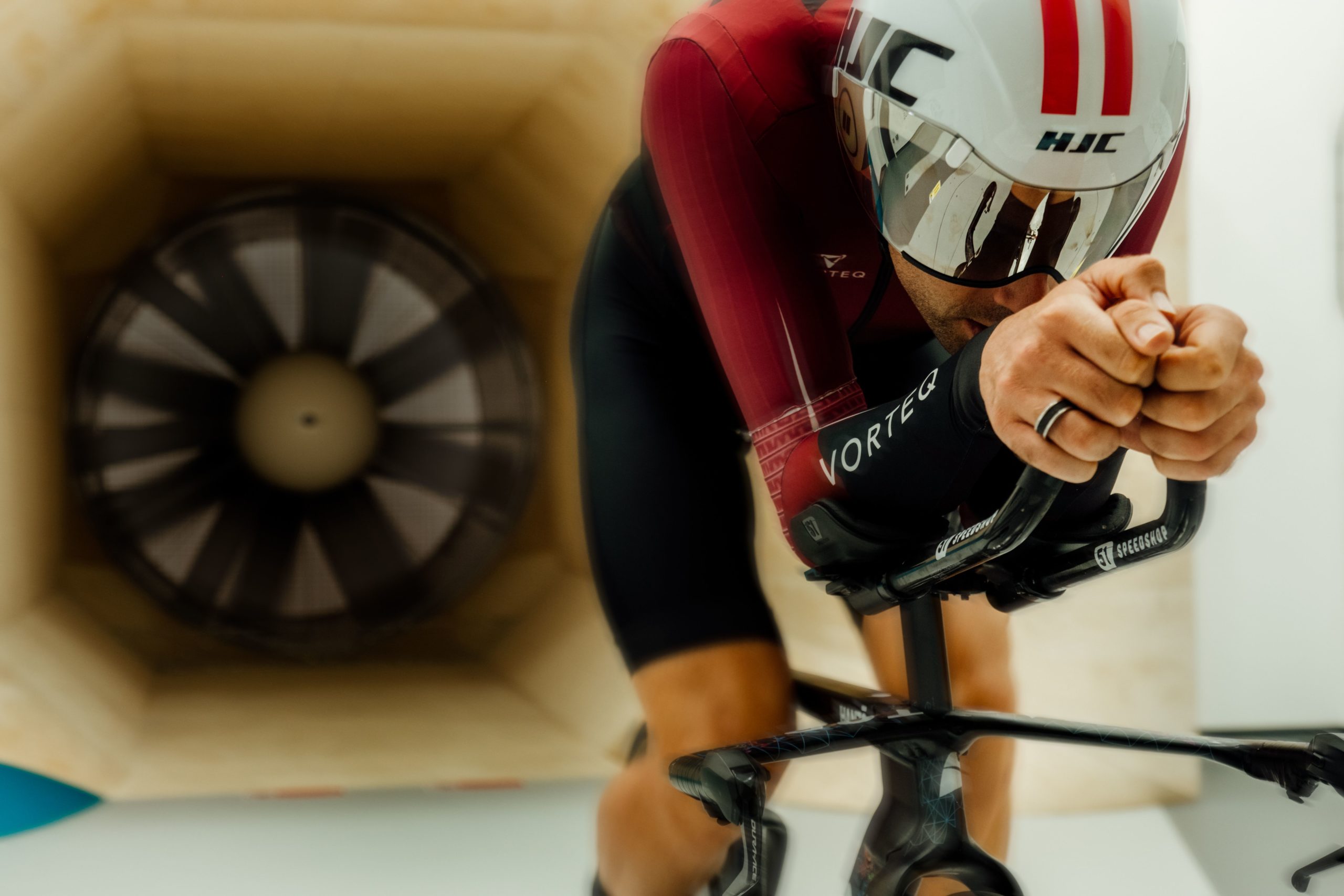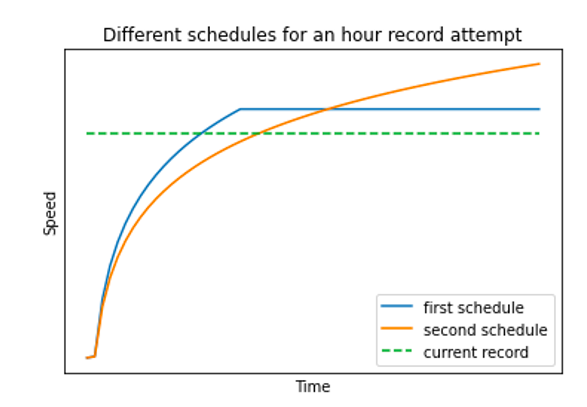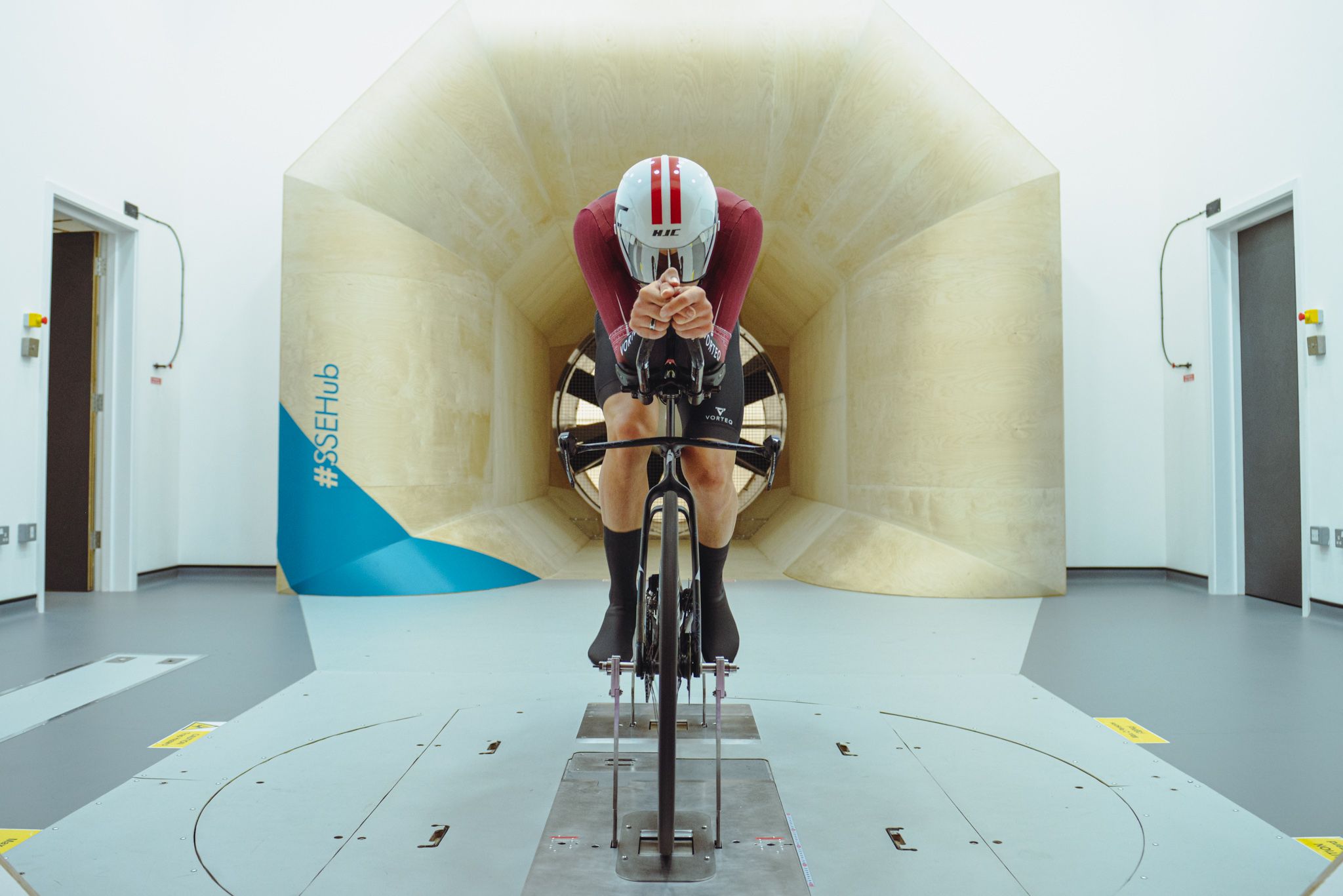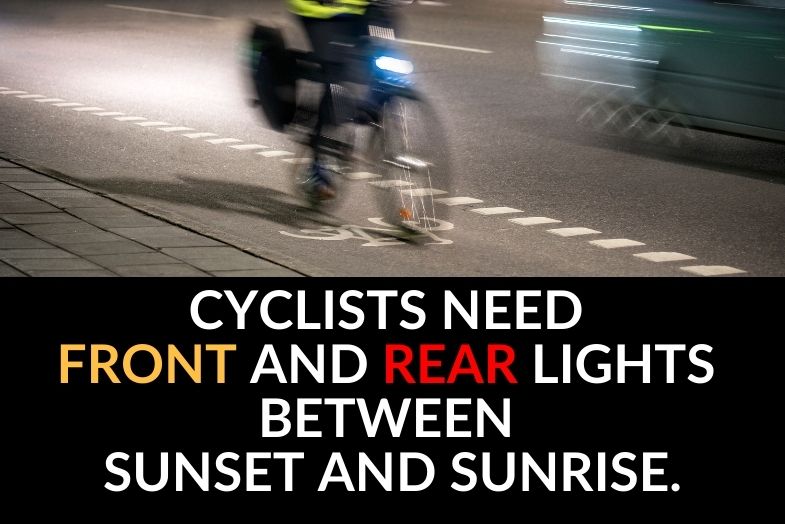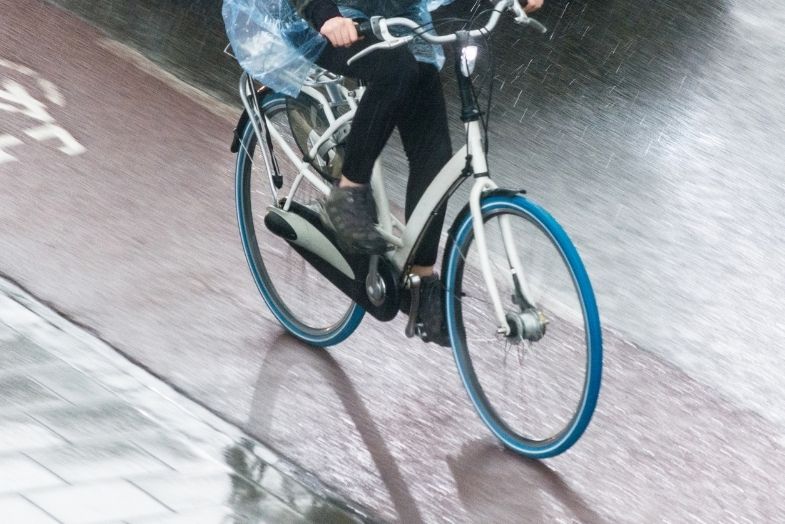The Missing Link appellants have won! But not really.
The Seattle Department of Transportation announced today that they are prepared to submit a significantly scaled-back version of their plans to complete the Missing Link of the Burke-Gilman Trail through Ballard. The trail connection remains, but many of the extra elements included with it have been cut. The result is a project that costs less, can be constructed faster, and should be small enough in scale to be exempt from the State Environmental Policy Act’s requirement for environmental review.
“Completing the Burke-Gilman Trail missing link is an important and too long delayed piece of safety infrastructure in Seattle,” said Mayor Jenny Durkan in a statement. “By redesigning the missing link we will finally be able to give the bike, walking and rolling community a safe route to enjoy the treasure that is the Burke-Gilman trail. After continued legal challenges, these next steps will bring us tangibly closer to finishing this crucial project.”
The design proposed in SDOT’s massive 2016 environmental impact statement was a full-scale remake of the entire corridor, complete with new traffic signals, a realigned railroad, and a lot of new pavement. Much of the cost of that design was from an effort to win over appealing businesses along the route through a community design process. Some of those businesses appealed the design even after the community process was complete, and they have successfully tied it up in court for years. Though the project’s latest court loss was completely unrelated to the trail design (more on that below), it would likely be impossible to complete that version of the trail before the 2024 expiration of the voter-approved Move Seattle Levy, which specifically earmarked funds to complete the Missing Link.
The new design will retain the safety benefits of the previous design, SDOT staff stressed during a call. But it won’t be as polished as the big-budget version. For example, the previous design would have paved a buffer space as wide as 5 feet for the entire length of Shilshole Avenue. The trail will still have three feet of buffer space separating it from general traffic. Many of the curb bulbs and other design elements that were planned to be fully constructed will instead be created with low-cost paint and posts.
Another major change is that because SDOT cannot move the railroad tracks, NW 45th Street will have to remain a one-way street. Originally, the design called for opening the roadway to two-way traffic plus a trail, but they cannot do so without moving the railroad tracks. So if anyone has a problem with this, they can file their concerns with the Ballard Terminal Railroad. Not moving the tracks has the added benefit of significantly reducing the scope and cost of the project. The trail will still be moved to the south side of the roadway as previously planned, and a new railroad crossing will be constructed west of the Ballard Bridge.
The last major change is that three planned traffic signals along Shilshole Ave NW have been removed from the design. Instead, the department will place an all-way stop at Shilshole and 17th Ave NW, which is a high-demand crossing for people accessing Ballard Ave. They will also install new crosswalks with rapid flashing beacons at NW Dock Pl and NW Vernon Pl. The signals previously planned were not warranted, SDOT said, but were included due to feedback from the community design process. They could always be added later in a different project.
So it won’t be as nice looking at the city wanted, but Ballard can thank the Appellant group for that. Their lawsuit successfully stopped the big budget version from going through before the levy ran out. SDOT really did try to deliver the full-build version. Instead, this version prioritizes the vital work of keeping people safe and connecting the city’s busiest biking and walking trail. People keep crashing on the Missing Link, and the injuries won’t stop until the city completes this project. We can’t wait any longer.
(CORRECTION: A previous version said SDOT will file a “Determination of Nonsignificance,” but that was an error. They will file for the environmental permits they need to begin work. Opponents will have opportunities to take legal action if they choose to.) This time, SDOT says they believe the project is too small to fall under the requirement for a full environmental review. If they are right, then they should be able to get through the courts easier and more quickly this time and begin construction in 2022 or 2023.
So let’s all hope they are right, because I am sick of these delays, and I’m sick of writing about this project. There’s so much more work to do in this city. We need to finish this one and move on.
Here is a look at the new project design details, from SDOT:
Court cases background
The original project is still facing two legal delays, one of which was unexpected and one of which they had no control over.
In July 2020, King County Superior Court decided that the city did not have the legal right to relocate the railroad tracks, which are technically still “active” because the Ballard Terminal Railroad runs up and down every once in a while. The city owns the tracks and the right of way, and they were prepared to fund the entire relocation effort. The city will continue fighting the case because they feel they are in the right and want to set that legal precedent, but they will not be including the rail realignment in the new project.
The bigger problem was that the state’s Court of Appeals shocked everyone in April 2021 by siding with the Appellant group and overturning the King County Superior Court’s ruling that the city’s Environmental Impact Statement was sufficient. The Appeals Court ruled in favor of the city on every argument that had anything to do with the trail plans, but it decided that Seattle Hearing Examiner Ryan Vancil, who was the Deputy Hearing Examiner when hearing the case in 2018, had “violated the appearance of fairness doctrine” by hearing the case while also pursuing the job of the retiring Seattle Hearing Examiner. Because the City Council selects the Hearing Examiner and the Council also wanted the Missing Link to happen, the Appeals Court decided that Vancil appeared to be unfair because maybe he might have wanted to deliver decisions that the Council would like. The decision was shocking because it puts all Deputy Hearing Examiners in a tough spot. Seeking career advancement is totally normal, yet their jobs as Deputy Hearing Examiners is almost entirely to decide cases involving city projects. Are they just not allowed to do their jobs when seeking advancement within their office? You can see why this decision was so surprising.
The argument was also a hail mary legal move by the appellant group. Challenging the fairness of the court is a rather desperate strategy with a very low likelihood of success. But they succeeded. So, uh, congratulations I guess?
UPDATE: Here’s SDOT’s full press release:
The Seattle Department of Transportation (SDOT) has refined the Burke-Gilman Trail “Missing Link” design to address previous community concerns and allow the City to start construction as soon as next year. The design refinement will keep the important project moving and follow through with a commitment to additional safe travel options. SDOT anticipates the adjustments will put the project back on track to be completed before the voter-approved Levy to Move Seattle sunsets in 2024 and will minimize risk of increased costs. The design refinements adjust the project to meet changing conditions along the corridor, such as eliminating the need to relocate railroad tracks and minor changes to reduce the amount of paving needed.
“Completing the Burke-Gilman Trail Missing Link is an important and too long delayed piece of safety infrastructure in Seattle,” said Seattle Mayor Jenny Durkan. “By redesigning the Missing Link we will finally be able to give the bike, walking and rolling community a safe route to enjoy the treasure that is the Burke-Gilman trail. After continued legal challenges, these next steps will bring us tangibly closer to finishing this crucial project.”
The Missing Link refers to the long-planned bike safety improvements along 1.4 miles of Salmon Bay east of the Ballard Locks connecting two existing sections of the Burke-Gilman Trail in Ballard. The trail currently serves hundreds of people walking and riding bikes along the corridor every day. The City has worked with the Ballard community on this critical safety investment since 2001 and included a commitment to complete the project as a part of the voter-approved Levy to Move Seattle. Legal challenges paused construction on the Missing Link, while other pieces of the Ballard Multimodal Corridor Project moved forward, including street paving, traffic signal improvements, and new sidewalk construction.
“We have built more than 38 miles of bike facilities in the past four years, making many critical connections, but in many ways completing this glaring mile and a half gap in the Burke-Gilman Trail feels like the most symbolically important connection we have yet to build,” said SDOT Director Sam Zimbabwe. “This project creates a path for people of all ages and abilities in Ballard and connects to a larger network throughout Puget Sound.”
The design refinements adjust the project to meet changing conditions along the corridor, such as eliminating the need to relocate railroad tracks on Shilshole Ave NW and NW 45th St. This updates also makes minor changes to the trail buffer width, reducing the amount of paving needed and cutting the construction time roughly in half to significantly reduce the effects on Ballard businesses, residents, travelers, and visitors. The design preserves essential safety features where the trail crosses driveways and intersections, and the community preferred route of Shilshole Ave NW is maintained. These pragmatic adjustments maintain design standards and simplify some of the steps required to move the project forward and resume construction.
Because the new scope addresses previous concerns, a simpler design and permitting process is anticipated, potentially setting SDOT up to start construction in late 2022 or early 2023. The new timeline anticipates seven months of construction, putting the City on pace to deliver the project as a part of the nine-year Levy to Move Seattle.
Over the past four years, the City has built over 38 miles of bike facilities for people of all ages and abilities. This includes nearly 18 miles of protected bike lanes and 20 miles of neighborhood greenways. More parts of the city are connected by high-quality bike routes than ever before, with even more connections planned in the future. Over the next three years, SDOT is on track to add an additional 19 miles of all ages and abilities facilities to the bike network.
In that time, SDOT has also made significant investments in freight infrastructure, including building the Lander Street Bridge in SoDo and over 15 freight spot improvements around the city, conducting a comprehensive review of alley congestion downtown, partnering with University of Washington Urban Freight Lab to test solutions to improve the final 50 feet of the urban goods delivery system, and several other partnership projects with BNSF and Union Pacific to improve surface crossings of train tracks in other parts of the city.
A more specific timeline and design for the Missing Link will be available in the coming weeks.
Additional Quotes:
Lee Lambert, Cascade Bicycle Club Executive Director:
“It’s past time to complete the Burke Gilman Missing Link, and we support the city’s proposed redesign along Shilshole Ave NW. Completing the Missing Link along the Shilshole route makes sense: It’s the most simple, safe and connected route that has won the overwhelming public support of people walking and biking over the last two decades.
“Since 2008, caring neighbors have shown their devotion to closing the gap in the Missing Link, only to face delays in the form of crippling lawsuits. During that time, countless people have been unnecessarily injured on the Missing Link. This design reflects their desires for a safe, simple and connected trail. Seventy-seven percent of the 4,500 respondents to the City’s planning process said they want to complete the trail along Shilshole Ave. NW. The redesign announced today is a pragmatic solution for completing the Missing Link. We thank city leaders and staff for their perseverance and creativity.
“Completing the Missing Link will be a major milestone that allows people to safely ride 44 miles on connected, separated trails from Golden Gardens to the foothills of the Cascades on the Locks to Lakes Corridor.”
Mark Durall, General Manager of Olympic Athletic Club, Hotel Ballard, and Ballard Inn:
“This is great news! The public and the vast majority of local businesses have supported completing the ‘Missing Link’ of the Burke-Gilman Trail in Ballard for nearly 20 years. The Burke-Gilman Trail is a multiuse trail for people of all abilities to walk, jog, run, bike, etc. It’s not just for cyclists. People don’t just walk and bike for health and recreation; they also walk and bike for transportation. The 20-mile regional trail from Seattle’s Golden Gardens Park to the Sammamish River Trail in Bothell is complete except for a 1.4-mile segment through Ballard. Completing it will improve public access, transportation, and safety. Also, combined with SDOT’s current plan to increase bus transportation on Leary Avenue NW with the Route 40 Transit Plus Multimodal Corridor project, the transportation options for residents, workers, and visitors to and from Ballard will increase significantly, benefiting residents and businesses alike.”
Kevin Carrabine, Friends of the Burke-Gilman Trail:
“Trail supporters, including many of my fellow Ballard residents, are excited about this plan. Creating safe, simple, and connected access for trail users of all ages and abilities to Ballard businesses is a dream come true. The plan, which improves safety for all travel modes, also aligns perfectly with the City’s Vision Zero goals.”
Davidya Kasperzyk, Burke-Gilman Trail Missing Link Design Advisory Committee Member:
“For 20 years I have pursued the development of a balanced and safe connective design for the completion of the regional Burke-Gilman Trail Missing Link, as Design and Planning Principal of the 2001 ‘The Missing Link Study’ for the Friends of the Burke Gilman Trail to my final role as a participant with the Design Advisory Committee (2017 – 2019). Through 3 successive City of Seattle efforts to work with all interests along the corridor, the goals for completing this essential regional project have been the same: safety and predictability for all travelers, maintaining access to commercial and industrial uses, connectivity to the existing bike/pedestrian network, and accessibility and comfort for the greatest diversity of people.
“In my final role as a participant with the Missing Link Design Advisory Committee (2017 – 2019), we used international and local design consultants to refine every design decision with the Seattle Department of Transportation design team to align with the key principles of our design charter.
“It is time to deliver this critical infrastructure to the people of Seattle.”
Scaled back Missing Link plans could put the trail on budget and sidestep lawsuits published first on https://motocrossnationweb.tumblr.com/

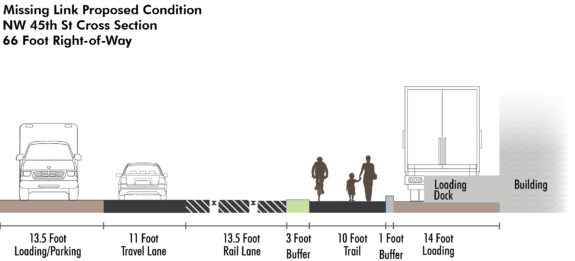
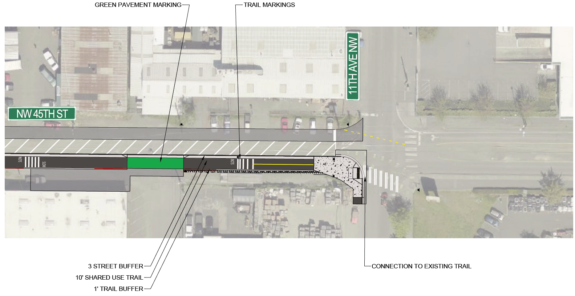
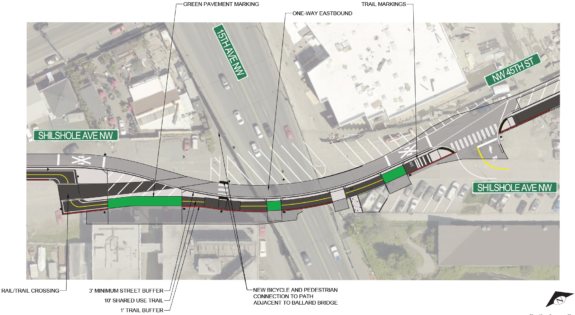
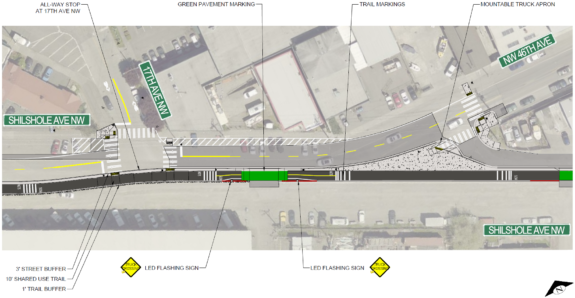
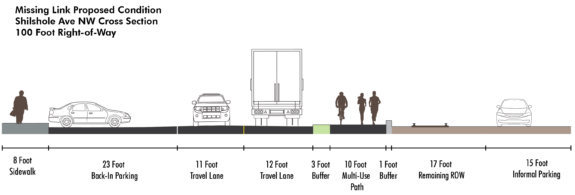
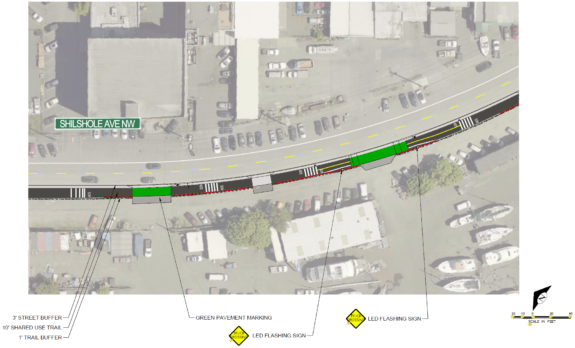
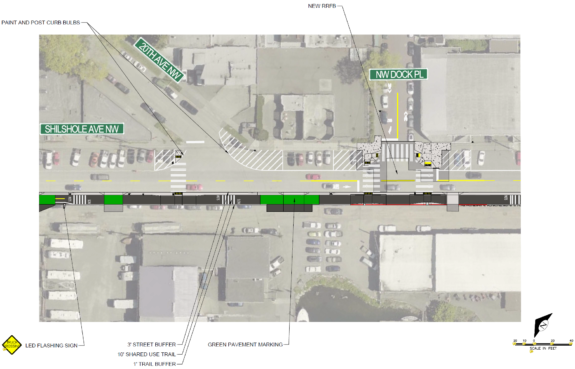
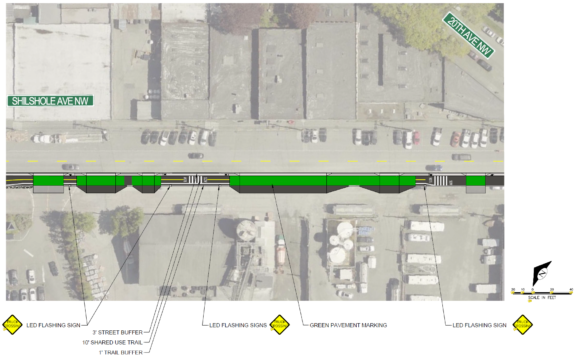
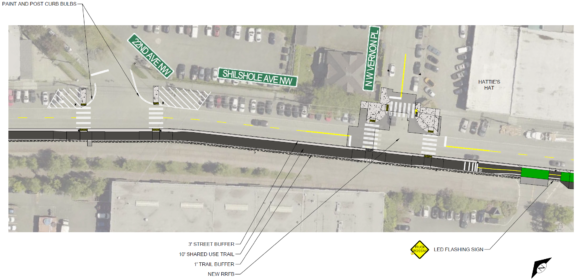
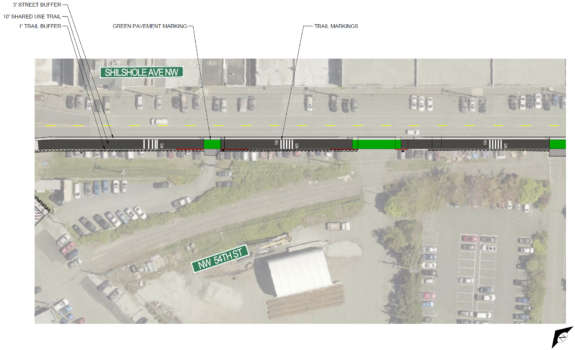
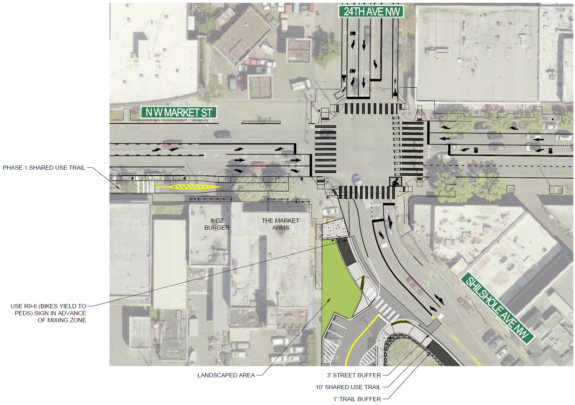
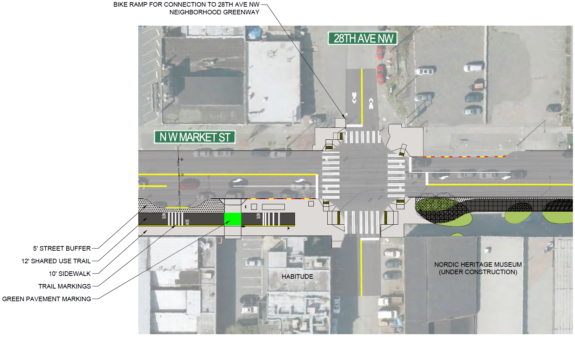
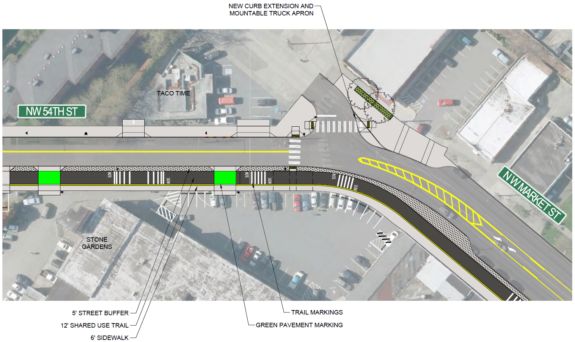

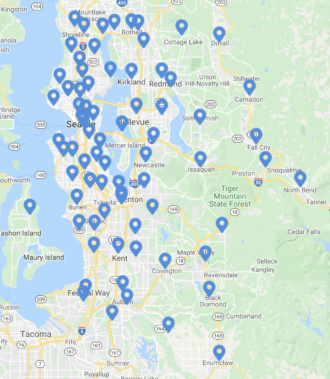

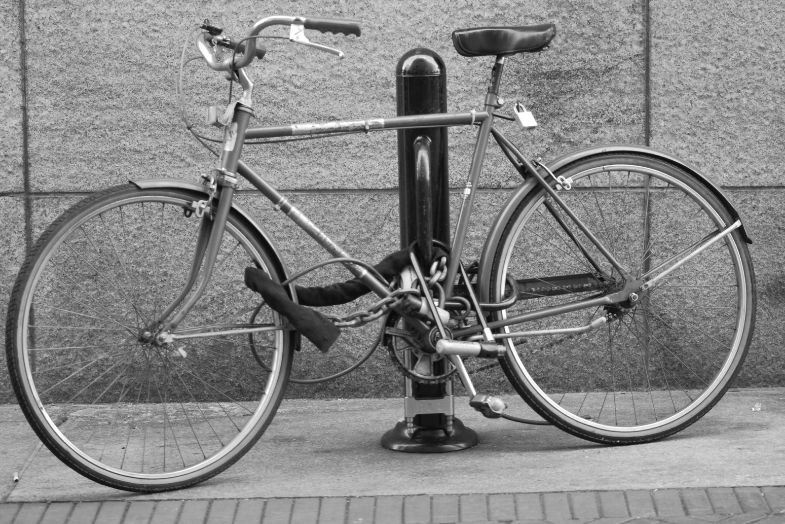



 Improved Fitness
Improved Fitness 
